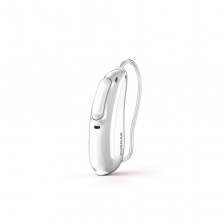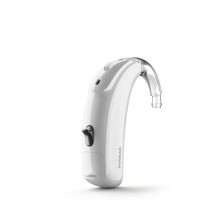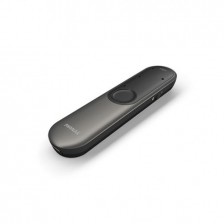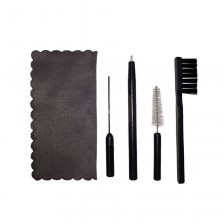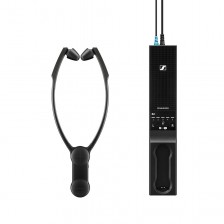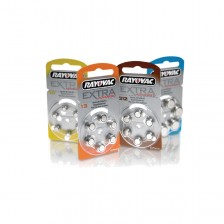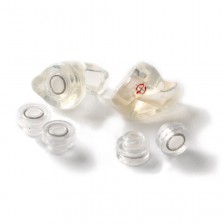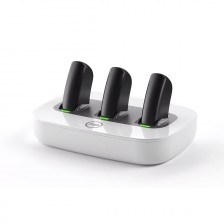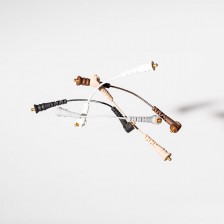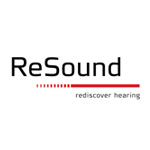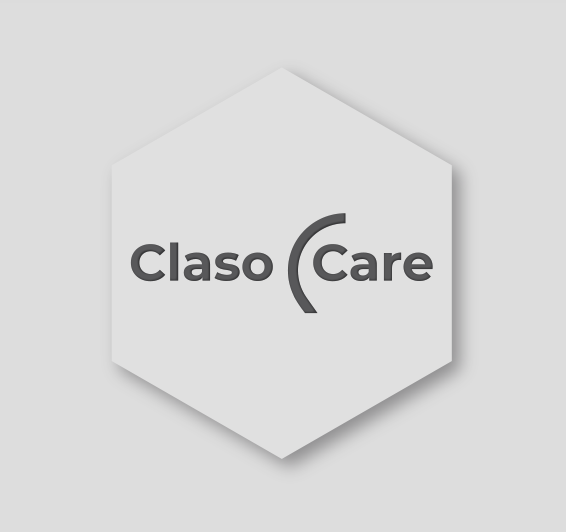What are behind-the-ear hearing aids?


Often the technicalities lose us and we do not know what name each thing has. In audiology, as in many other sectors, this also happens. That is why today we are going to clarify what type of hearing aids are behind-the-ear. The answer is quite simple: these hearing aids are the ones that have been worn all our lives and the ones that many of us have in our heads. That is, those that are placed behind the ear and are connected by a transparent tube or cable with the earpiece that we insert into the ear. Otherwise, we would be talking about in-ear hearing aids.
The format of behind-the-ear hearing aids is usually larger than the in-the-ear and, roughly speaking, they can also be more powerful. In general terms, they are designed to cover any type of hearing loss. From mild to profound hearing loss. However, it is usually the one that works best in severe and deep losses, since it is capable of amplifying the sound to a greater degree than in-ear headphones.
In addition, although the design has been improved in recent years, giving it a slimmer and more elegant appearance, it is still the ideal hearing aid for people with vision problems or difficulties with manipulation. There is the possibility of adjusting the volume through a lever or button panel, maintenance is easier and changing the battery is a simple process.
What types of behind-the-ear hearing aids are there?
Mainly, there are two types of behind-the-ear hearing aids; BTE and RIC / RITE. Both are characterized by being placed behind the ear.
BTE behind-the-ear hearing aids
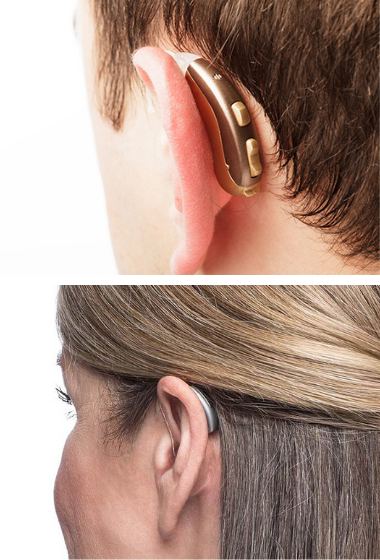
BTE behind-the-ear hearing aids are primarily aimed at those patients with profound hearing loss, as they are the bulkiest and most visible, although they cover all degrees of loss. It is the most classic model and recognizable by the public even though nowadays they are not the most used. Its operation is as follows: the processed signal is conducted by the hearing aid to the ear canal through an acoustic tube. This ends in a custom mold for the user that can be of many shapes, sizes and finishes, depending on the specific needs you have.
During the last years some brands have perfected the aesthetics and some of these hearing aids have a new tube format called “Slim tube”. The “Slim Tube” mimics the aesthetics of the RIC format so that the aesthetics are more discreet, among other things because it is possible to use universal adapters, smaller than the molds, which are placed inside the ear canal.
RIC behind-the-ear hearing aids
The RIC behind-the-ear hearing aids, or also known as RITE, have a more discreet appearance than the previous ones, especially because the cable that connects the body of the hearing aid with the earpiece is much thinner than the tube. In this case, the dome is standard and a custom mold is not required for each patient, unlike BTE behind-the-ear generally.
This type of hearing aid is more sensitive to moisture and wax, as part of the electronics is placed in the patient's ear canal. However, since the headset is universal, it will be much easier to change the part on the spot with any problem.
For whom are behind-the-ear hearing aids especially recommended?
Behind-the-ear hearing aids are especially recommended:
- For children. The behind-the-ear have a highly recommended format for child adaptations (<12 years). The main reason for this is because during the growth period the ear modifies the shape and this format allows the molds to be adjusted without having to touch the hearing aid. For this reason, it is not very advisable for any child to wear earphones. In addition, they allow the little ones to have more autonomy, since they are easier to manipulate than other models.
- For people who generate a lot of wax in the ear. This model of hearing aids allows easy cleaning and good daily maintenance.
Cleaning
As a general rule, we recommend cleaning the hearing aids daily with a soft, dry cloth. To do this, before handling them, we will make sure that our hands are clean and dry.
While the process is taking place, this is a good time to carefully check the opening of the earphone. It should not be blocked, as the sound from the hearing aid will be distorted and then nothing can be heard.
Why choose this hearing aid?
We can summarize the advantages of using this hearing aid based on:
- Durability, they are robust and resistant hearing aids.
- Possibility of choosing the type of fit: custom mold or standard dome.
- Greater sound amplification.
- Ease of maintenance, care and cleaning.
- More and more careful aesthetics.
Its design has revolutionized the understanding of these devices and now, behind-the-ear hearing aids are becoming more and more discreet.
You already know that our main concern at Claso is your hearing health and your quality of life, and we are not going to let you choose a hearing aid blindly. We will accompany you during this process to choose the hearing aid that best suits your needs, do not hesitate.


